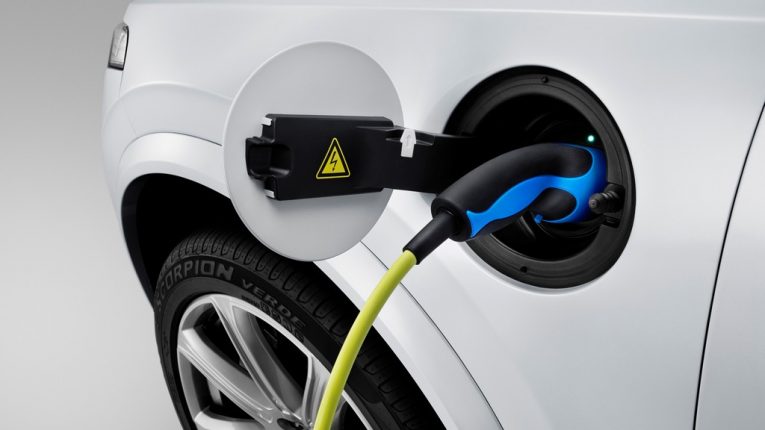
Retrofitting an Existing Home with a Vehicle Charging Station
Electric vehicles have become one of the most popular kinds of cars in modern times. Every automaker company has developed or is in the process of developing its own version of an electric vehicle. Unlike gas-powered vehicles, electric vehicles are powered by electricity. You can’t just simply change your car in a few seconds like you can filling up your gas-powered vehicle at a gas station. Unless you are planning on only using public electrical vehicle stations to charge your car, you will need to install an EV charging station at your home. This article will discuss how to install an at home EV charging station.
What Level of EV Charging Station Do I Use?
There are three types of charging ports available for your EV charging stations. Before you can install any station you have to figure out which charging port level is best for you.
Level 1:
Level 1 home charging EV is basically your standard type of charging station for an electric vehicle. Usually, this type of charging port comes with your purchase of an electric vehicle. These charging ports can be plugged into a standard three-pronged socket as they use basic house electric current.
Level 1 home charging EV comes with its positives and negatives. To start, it is the easiest to install as you just need to basically plug it in. There is no need to change anything electrical because it used basic house electric current. Level 1 charging EV is extremely easy to install, which is a plus, especially when coupled with convenient EV charger installation services. A negative is that level one charges pretty slow. The average time of charging is 4 miles of battery range per hour of charging. This means it could take almost 50 hours to fully recharge a battery that has up to 200 miles.
If you don’t have to drive far distances every day and can charge your car all night then this may not be a bad option for you.
Level 2:
Level 2 home charging EV is the middle ground of charging ports. This type of charging uses 240 volts circuits, which are also commonly used for electric clothes dryers. This means many homes already have the type of outlet needed for this type of EV charger installation, but it would be pretty inconvenient to unplug your washer every time you need to charge your car. This means it is likely some electrical work would need to be done to accommodate charging your car.
Although it is a downside you would probably have to have electrical work done to your garage to for charging station installation, a plus would be that the level 2 home charging EV charges much faster than level 1. For the same car with a battery that holds up to 200 miles when it is fully charged, a level 2 charging port can charge the car in less than 12 hours, rather than 50 hours. This means if you plug your car in every night it can be fully charged when you use it in the morning.
Level 2 home charging EV is probably the best option for someone who has a bit of a commute every day but can charge their car every night at home. Although this type of EV chargers port may take an electrician to help install it, it charges your car much faster than level 1.
Level 3:
The last type of home charging EV is level 3. This type is essentially made for commercial use. Unlike the other two previous levels, level 3 uses DC fast charging which allows for the fastest type of charging. This charging is so fast that some chargers can charge a full 200-mile capacity battery in less than an hour.
Installation is much different for this type of charging port. It could cost upwards of $50,000 to install this level of charging port. Even if you have the money to consider installing this, most electrical-supplying utility companies would not approve this type of charging port being installed for home use as the electrical grid probably couldn’t support it. Level 3 is most commonly seen for commercial use only, and cannot be installed for personal home use.
In Conclusion:
If you are thinking about getting an electric vehicle and are wondering which types of charging stations you should install in your home, consider using level 1 or level 2 for personal at-home charging. Level 1 is the easiest to install, as you simply just plug it into any standard 3 prong outlet. Although it is easy to install, it does take quite a while to fully recharge the battery. Level 2 may take an electrician to help install, but it can fully charge your battery in less than 12 hours, which is much more efficient than level 1. Although it is possible to install level 3, it is likely not to be approved for at-home use. Consider all the pros and cons of each charging station before deciding which one to install in your home to charge your electric vehicle.
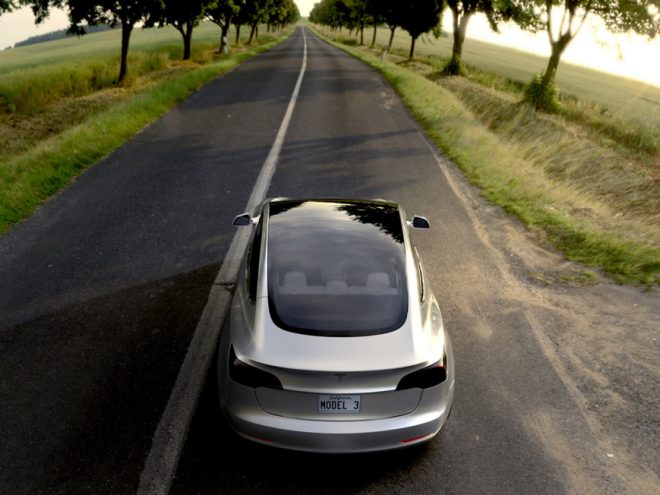
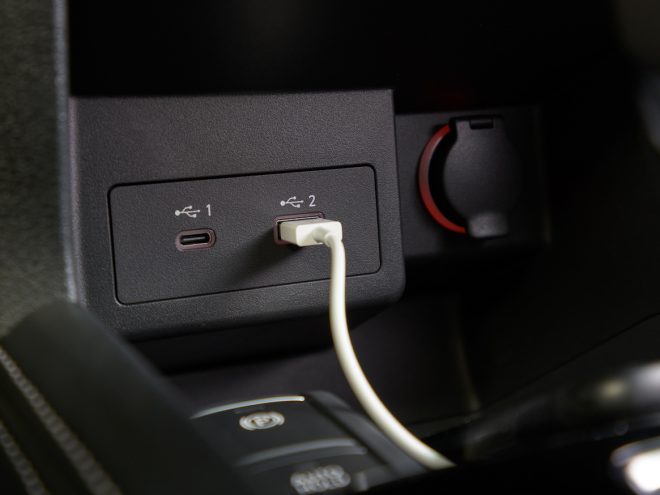

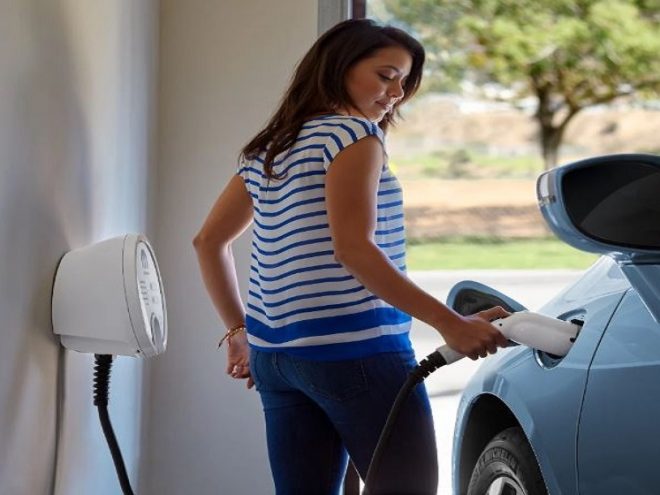
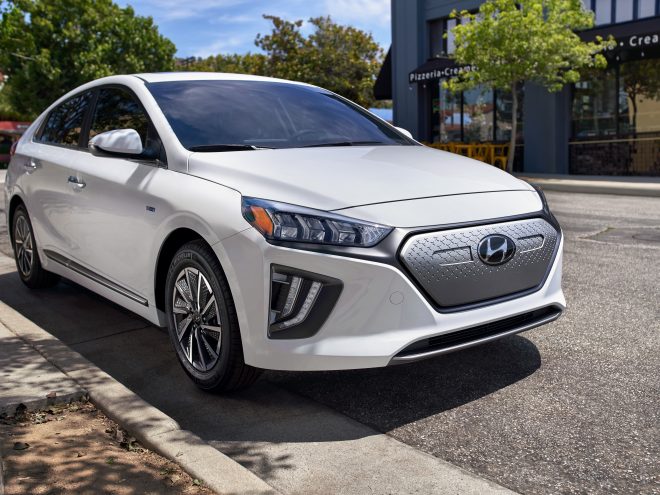




[…] By swapping your car with a combustion engine for an electric vehicle, you can save money by fitting your home with a charging station and charging your car at […]
[…] your automotive with a combustion engine for an electrical automobile, it can save you cash by fitting your home with a charging station and charging your automotive at […]